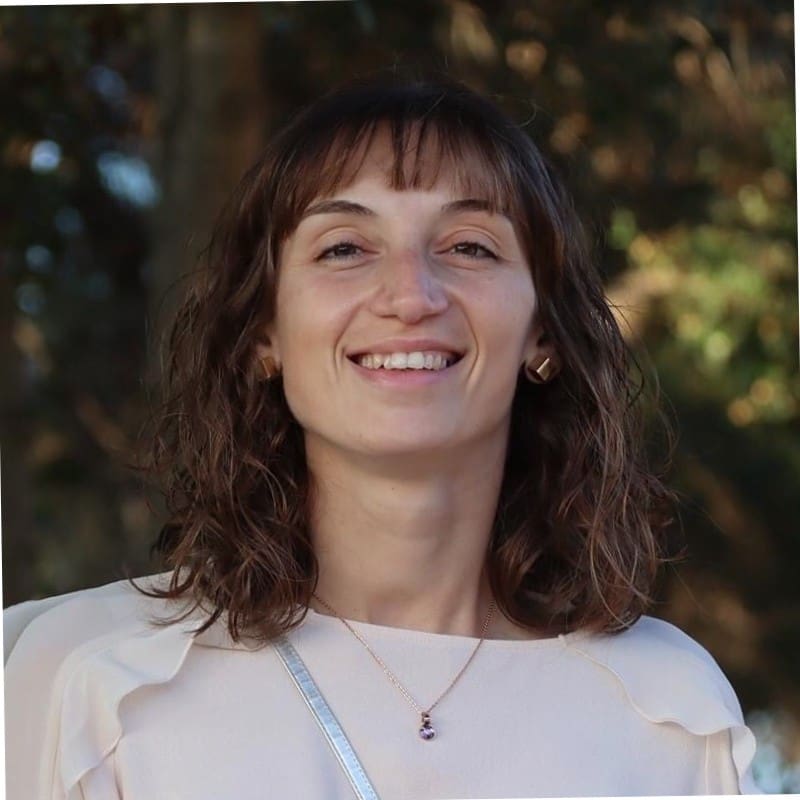 Hello, my name is Jason Brownlee, PhD.
Hello, my name is Jason Brownlee, PhD.
I’m a father, husband, professional developer, and machine learning practitioner.
I have a Masters and PhD degree in Artificial Intelligence and I’ve worked on machine learning systems for defense, startups, and severe weather forecasting.
I started this community for two main reasons:
1) Because I find machine learning endlessly fascinating.
2) Because I want to help developers get started and get good at applied machine learning.
I see a lot of developers not getting started, “getting ready” to get started, and generally studying the wrong things, and I think it is a huge waste of time.
I created this site to show developers another way.
Our Team
 |
Adrian Tam, Ph.D., Editor-in-Chief Adrian Tam, PhD is a data scientist and software engineer. He is a computer scientist with academic interest in mathematical models, including distributed algorithms, stochastic models, and heuristic optimization. This is a perfect match to bring him into the world of data science and machine learning. He has built commercial models for time series prediction, risk analysis, natural language understanding, recommender systems, and computer vision. |
|
|
|
 |
Estephania Cristina, Ph.D., Editor Dr Cristina graduated with the B.Eng.(Hons) degree in electrical engineering in 2008, and received her M.Sc. by Research and Ph.D. degrees in 2010 and 2016 respectively, from the same University. She has been active in the fields of computer vision and image processing for the past 9 years, applying her research work to areas concerning human-computer interaction and 3D reconstruction. In particular, her ongoing research work concerns the development of innovative computer vision algorithms for pervasive eye-gaze tracking under unconstrained conditions. She has contributed towards several international conferences and journals in these areas of interest. |
|
|
|
 |
Kanwal Mehreen, Technical Editor & Content Specialist Kanwal is a machine learning engineer and a technical writer with a profound passion for data science and the intersection of AI with medicine. She co-authored the ebook “Maximizing Productivity with ChatGPT”. As a Google Generation Scholar 2022 for APAC, she champions diversity and academic excellence. She’s also recognized as a Teradata Diversity in Tech Scholar, Mitacs Globalink Research Scholar, and Harvard WeCode Scholar. Kanwal is an ardent advocate for change, having founded FEMCodes to empower women in STEM fields. |
|
|
|
   |
Vidhi Chugh, AI Strategy Content Specialist Vidhi Chugh is an AI strategist and a digital transformation leader working at the intersection of product, sciences, and engineering to build scalable machine learning systems. She is an award-winning innovation leader, an author, and an international speaker. She is on a mission to democratize machine learning and break the jargon for everyone to be a part of this transformation. |
Are You Feeling Overwhelmed!?
I know what it is like to feel overwhelmed by the vast amounts of blogs, courses, books, papers and software tools available on machine learning.
It is difficult to know where to start and how to know which resources are worth the effort.
It is easy to feel confused by the theoretical and mathematical introductions to machine learning algorithms and thinking that there must be an easier path.
You are not alone. There are thousands of developers that also feel overwhelmed.
I used to be an overwhelmed developer.
An Interested Amateur
It wasn’t that long ago that I was a developer and then a professional software engineer interested in machine learning.
I read blogs and websites and did not understand the theory or the mathematics that I believed I had to before I could apply the algorithms.
I desperately wanted to get started applying machine learning but I was hung up on the theory and the academic side and I could not move forward.
I felt like I was spinning my wheels and not getting anywhere.
Use Self-Study Small Projects
I knew the solution and was using it effectively, but it took me years to see it for what it was.
As a professional software developer, it was part of my job to stay on top of tools, techniques, APIs and programming languages.
Like many developers, I do this by designing and executing small projects on the side that use a tool or technique in order for me to learn it through applying it.
I was using this methodology to teach myself machine learning on the side. I even used this strategy to get me through two higher degrees, that I now realize I didn’t need to get.
Yes, you can be highly effective and deliver tons of value in business with the tools of applied machine learning, without getting a Ph.D.!
Learn from my Missteps
It was difficult when my interest in machine learning was kindled in the late 1990s and early 2000s.
There were a few sites out there, but nothing that I felt spoke to me as first an interested programmer and later, a professional programmer.
I spent hundreds of dollars on thick academic textbooks that I could not understand or appreciate until many years later.
Machine learning is described in academic language from books, papers, and even websites. I felt (I now believe wrongly) that I had to get higher degrees to figure this stuff out. I quit my job and went back to school to earn a Masters and Ph.D. degrees.
I completed my research work leveraging the skills I already had as a professional developer: designing and executing small projects in order to learn and master skills.
Apply Machine Learning
I have come full circle and happily became a professional developer again.
I started working with severe weather meteorologists to solve complex problems for real users that are interested and excited about the solutions.
I can confidently wield machine learning algorithms to solve problems at work, for clients, and even for myself when participating in competitions or creating my own software.
I now spend my days working with developers to get started and really kick ass with applied machine learning.
Your First Step
And now I want to help you to get the same results. The first step is simple.
Sign-up to my email course and newsletter below immediately receive for FREE cheat sheet to help you get better results on your next machine learning project.
Just click the button below, complete and submit the form.
